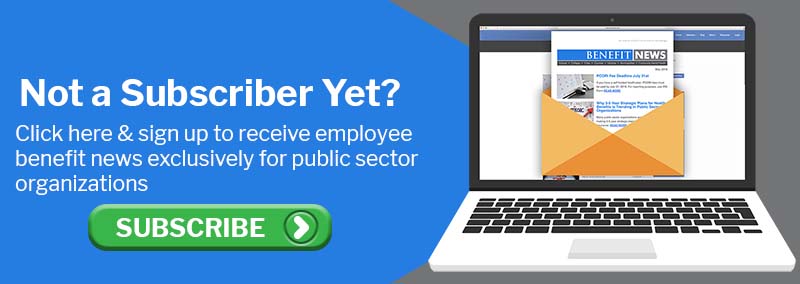2 minute read
Open enrollment is a great way to educate your workforce about your benefits. Offering an attractive package can help boost employee retention, satisfaction, and engagement. Age can often impact the benefits that employees most desire. Creating a multigenerational benefits package may seem difficult but having a successful plan will contain something of value for everyone. Employers can do this by selecting benefits that align with their budget requirements, survey the employees about their needs, and successfully communicate offerings to all.
Age and Desired Benefits
Age often impacts the benefits that employees most desire. Here's a breakdown of what each generation prefers:
- The Silent Generation (1928-1945) generally want traditional core benefits, retirement benefits, and formal employee recognition programs.
- Baby boomers (1946-1964) typically value workplace flexibility, comprehensive health care plans, retirement benefits, caregiving benefits, and ongoing training opportunities.
- Generation X (1965-1980) often wants flexible scheduling, caregiving benefits, and remote work opportunities.
- Millennials (1981-1996) want student loan repayment programs, flexible scheduling, remote work opportunities, and ongoing training opportunities.
- Generation Z (1997-2012) generally prioritizes comprehensive employee assistance program benefits, flexible scheduling, and remote work opportunities.
Multigenerational Open Enrollment Strategies
Different generations view open enrollment differently. Older workers are more experienced selecting benefits and are more confident and prepared to make educated decisions. Younger generations may be enrolling for the first time. Employers may want to present open enrollment information in a way that’s accessible to all generations. This may include:
- Find ways to connect virtually through videos, emails, and interactive tools. Some employees may be working in remote locations and other employees may be making decisions with their spouse, parents, or partner.
- Use a multichannel approach to provide information to all generations. Older generations like handouts or brochures. Younger workers may prefer interactive tools, emails, videos, etc.
- Target benefit communications so employees can connect with the benefits they want and need. Older workers want Medicare information, while younger generations of workers might want to know about the employee assistance program or student loan repayment benefits.
- It’s important to also make information inclusive to all, whether an employees’ family is single parent, LGBTQI+, or another arrangement.
Conclusion
Benefits is an important factor for employees, in deciding whether to stay in their current position or search elsewhere. Successful open enrollment communication across all generations can help improve employee retention and engagement. Download the bulletin for more details.

